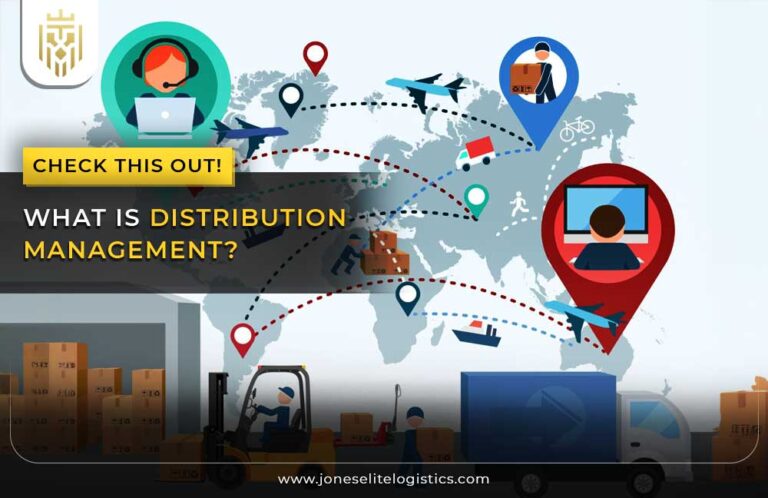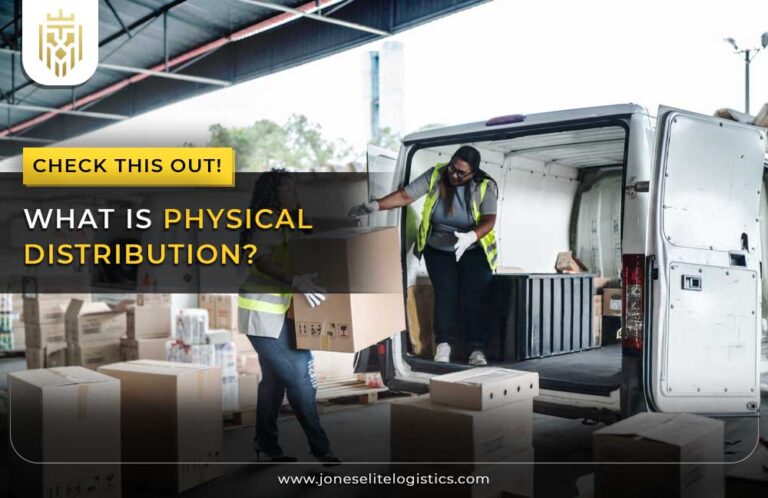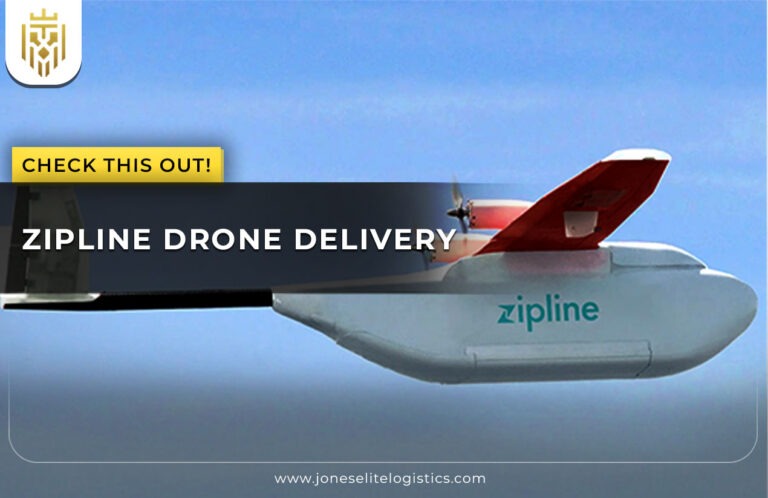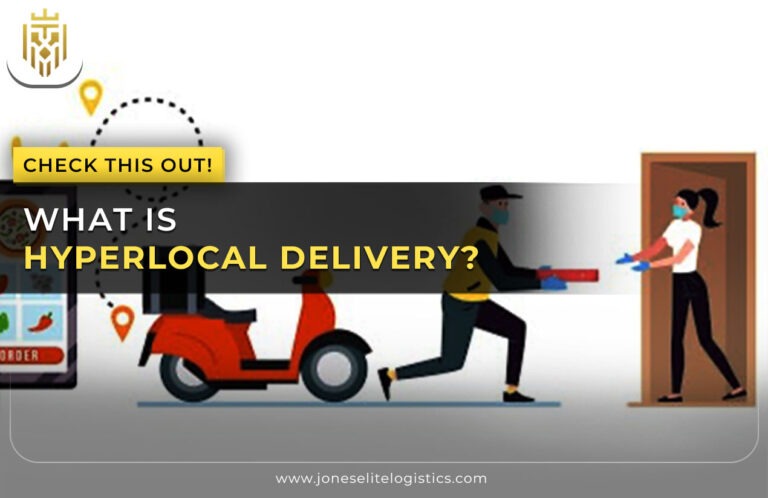What is Digital Logistics?
Digital Logistics is a technology that automates and digitises supply chain processes. Real time tracking, data transparency, automation and features like the above help boost operational efficiency. It enables digital transformation of order fulfilment, lowering costs and using digital solutions in logistics to create digital twins for forecasting visibility and digital process management.
What is the Difference between Traditional and Digital Logistics?
The difference between digital logistics solutions and traditional ones is that they leverage AI, big data analytics, and web based systems to automate processes. They give you more supply chain visibility, better communication, and data driven decisions. This digital transformation improves customer relationships and makes logistics operations more efficient and smoother between manual and advanced technologies.
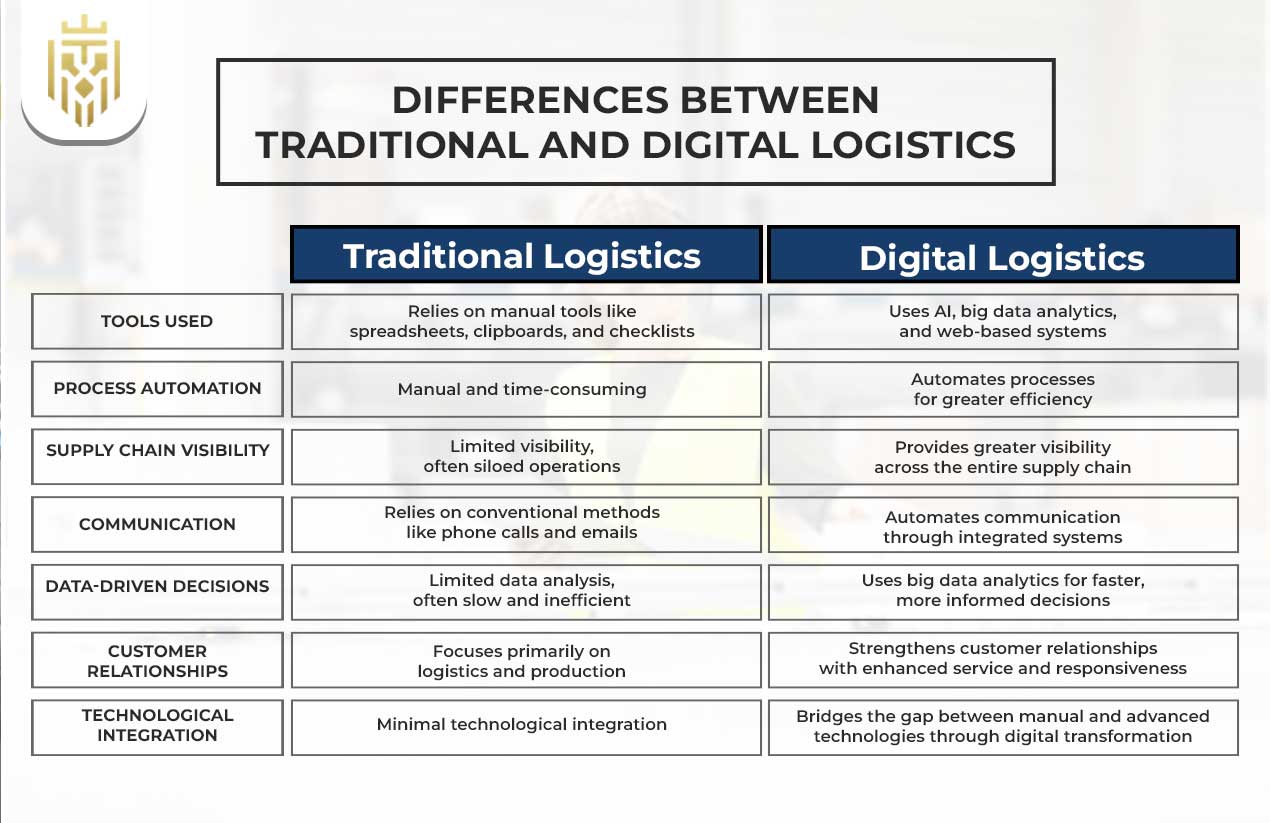
Impact of Digital Logistics on Business Operations:
Digital logistics adoption helps supply chain visibility, accuracy, and inventory management at a lower cost of operation. Automation and real time tracking in the digital solution for logistics provide technologies that can improve customer satisfaction. With these solutions, businesses get a competitive edge in terms of being more efficient and having better route optimization.
Features to Consider in a Digital Logistics Solution:
To achieve efficiency and decision-making, a digital solution in logistics should provide seamless integration, supply chain visibility, accurate data, user-friendly interface, optimised routing planning, and technology such as AI and blockchain.
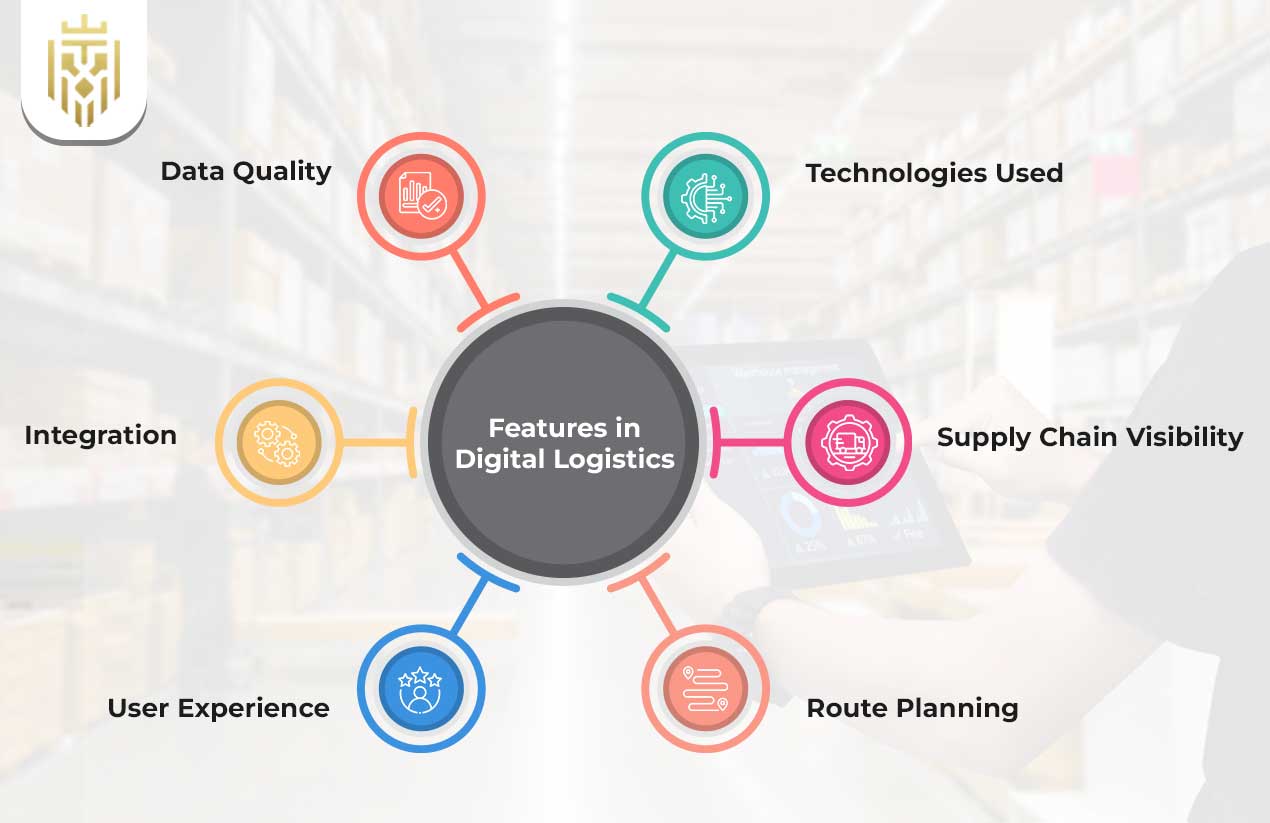
Data Quality:
By using high quality data in a digital logistics solution, real time decision making can be made, errors can be minimized and forecasting can be accurate. Moreover, these features improve supply chain visibility and enhanced customer service. Smooth digital transformation also means a smoother business performance, and accurate data contributes to that.
Integration:
Digital logistics seamlessly integrates systems, lowering costs and increasing profit margins. A robust digital solution for logistics makes collaboration between stakeholders easier. This is the integration that enables supply chain digital transformation – making supply chains more agile and responsive.
User Experience:
A user-friendly digital logistics solution makes navigation intuitive, reduces errors, and helps make quicker decisions. UX is enhanced with the aim of improving customer satisfaction and operational efficiency. Interfaces and interactions that are clear, and seamless are a key to success in implementing digital transformation in logistics.
Route Planning:
A proper digital solution for logistics offers optimised route planning, ensuring timely deliveries and efficient operations. Dynamic route updates and performance analytics add interesting features to the route optimization. The capabilities offered these capabilities in centralised dashboards for seamless management to enhance efficiency for digital logistics systems significantly.
Supply Chain Visibility:
Real time tracking and predictive analytics using enhanced supply chain visibility reduces risks, thus improving customer satisfaction. The digital logistics solution also updates order status and builds trust. Modern digital logistics systems rely on visibility, a cornerstone of success in operations.
Technologies Used:
Digital transformation in logistics is powered by technologies like AI, blockchain and cloud computing that help automation and transparency. However, for route optimization and optimal inventory management, these tools are critical. A perfect digital solution for logistics enables effective and data based operations.
Challenges of Digital Logistics:
Digital logistics comes with its own set of challenges such as data privacy, cybersecurity threats, lack of automation and silo operations. Encryption, AI-driven automation, centralised data systems, and robust governance are all solutions to operational security and successful digital transformation.
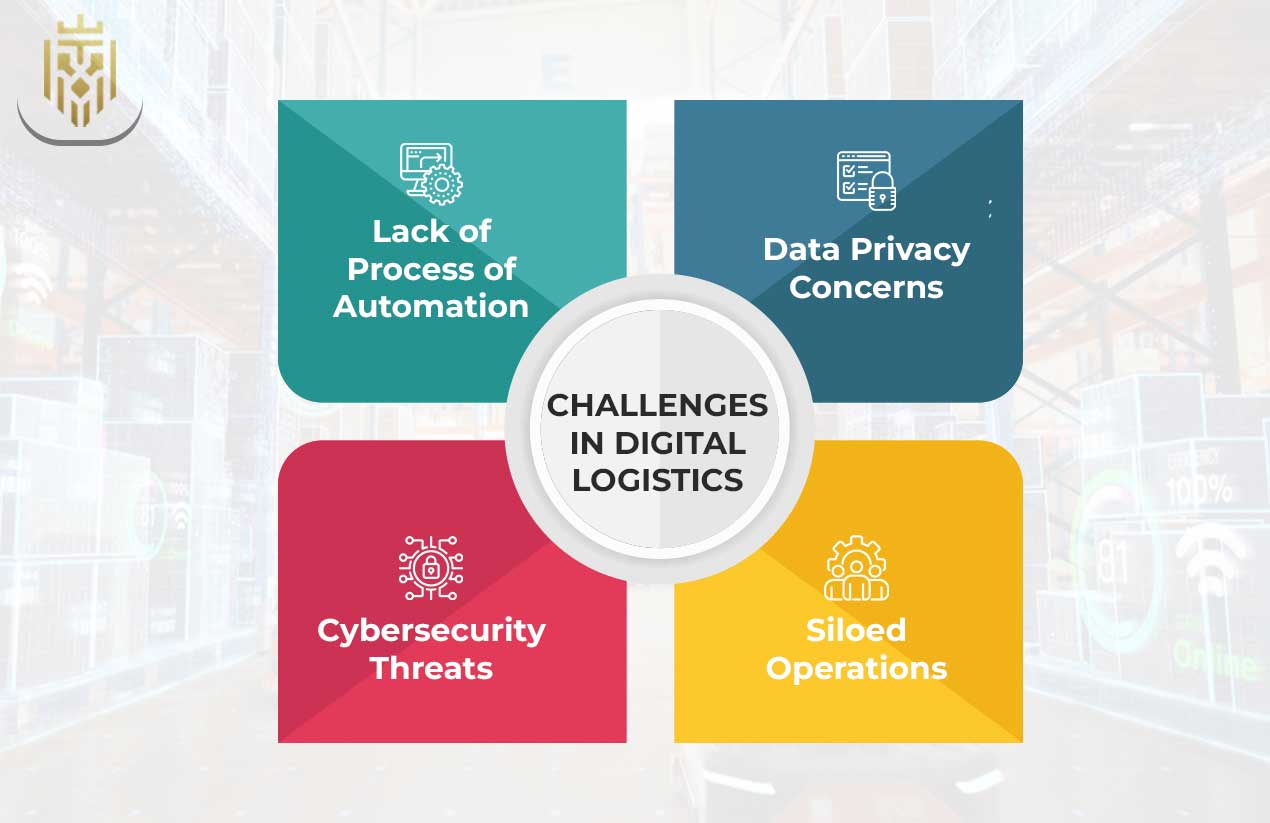
Lack of Process of Automation:
Manual processes in logistics have high costs and high error rates. With the introduction of AI powered automation to a digital logistics solution, human effort is minimised and productivity is increased. This digital transformation allows operations to deliver satisfactorily against customers’ rising expectations.
Data Privacy Concerns:
Digital logistics operations are challenged by data breaches and cyber threats which may compromise sensitive information. A digital solution for logistics must be well encrypted, make use of robust governance and compliance strategies. These measures secure data and create confidence during digital transformation.
Cybersecurity Threats:
Supply chain cyberattacks disrupt operations and cost money. An integrated cybersecurity strategy within a digital logistics solution thus includes encryption, backup, and multi factor authentication. This is just as important as digital transformation in logistics becomes safe.
Siloed Operations:
Fragmented systems make coordination difficult and slow things down. Integrating of processes and improvement in supply chain visibility in a digital solution for logistics is the centralised enterprise content management. To succeed with digital transformation in logistics, breaking silos is essential.
FAQs
-
What is Digital Logistics?
Digital logistics is automating and digitizing supply chains with technologies like real time tracking, data transparency, and automation. This digital transformation enables businesses to reduce cost, increase supply chain visibility and streamline operations resulting in efficiency and competitive advantages.
-
What are the Challenges of Digital Logistics?
Digital logistics comes with its own set of challenges such as data privacy, cybersecurity threats, lack of automation and silo operations. Encryption, AI-driven automation, centralised data systems, and robust governance are all solutions to operational security and successful digital transformation.
-
What are the Features to Consider in a Digital Logistics Solution?
To achieve efficiency and decision-making, a digital solution in logistics should provide seamless integration, supply chain visibility, accurate data, user-friendly interface, optimised routing planning, and technology such as AI and blockchain.
-
What is the Difference between Traditional and Digital Logistics?
While traditional logistics still relies on manual tools, digital logistics leverages the power of AI and analytics to automate, visibility and customer centric processes. And this digital transformation means faster, smarter operations and greater stakeholder collaboration.


